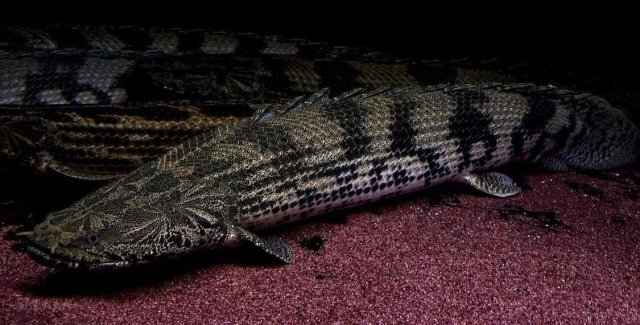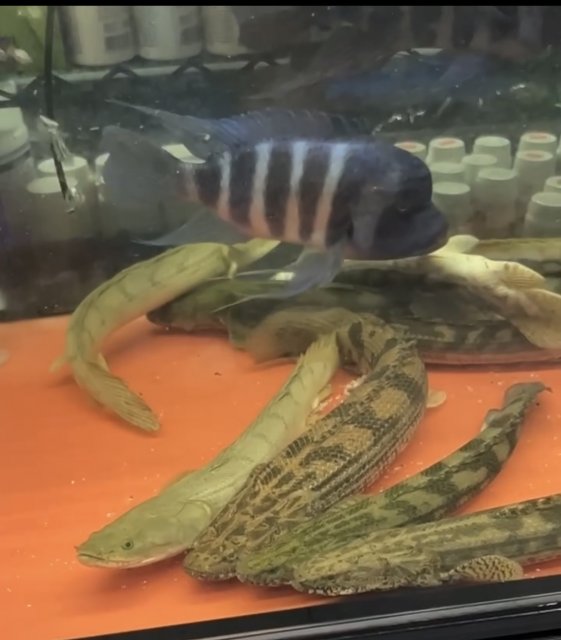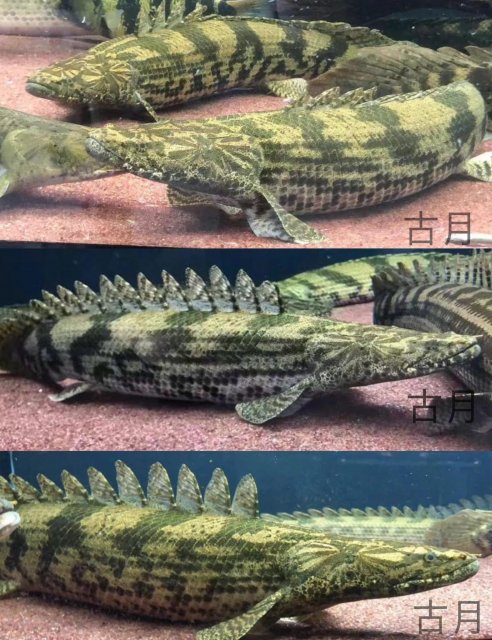Regarding the koloton and koliba. Those are basically the same thing now days. They used to have minor “differences” but over time African exporters started to mix and matching them. So now it doesn’t matter anymore just pretend they are the same thing to make things simple.
As for the sp. “Dabola”, I actually hate talking about this since it’s kind of controversial. But what I’m about to say it’s just my opinion and how I see it. I will provide examples of what I consider are sp. “Dabola” at the end.
Buckle your seatbelt, things are about to get confusing…
For starters, you might be confusing Endlicheri from “Dabola” and sp. “Dabola”. Those two are not the same. Sp. “Dabola” refers to an undescribed species from “Dabola” somewhat like sp. “Nigeria” (that’s another topic). As to what an sp. “Dabola” is, nobody can say for sure since there is not enough scientific studies done on them. For the longest time (even now), Japanese have been calling them Lapen (wild hybrid of lap and endli). So there are some people who believe sp. “Dabola” is a wild hybrid between Guinean Polypterus endlicheri and Guinean Polypterus bichir (lapradei). There are also others who think they are their own species. Anyway Sp. “Dabola” are actually quite rare, as you might or might not find one mixed in an import of Guinean Endlicheri/Lapradei. They almost never come in as a batch of “sp. Dabola”. Side note that pisses me off is the Nigerian exporters who recently (probably since 2020/2021) started exporting sp. “Nigeria” as sp. “Dabola”/ Dabola endlicheri which adds fuel to the confusion.
The term sp. “Dabola” was started by Toyin of Rehoboth Aquatics back in early 2008. Originally, he said that they have 14-15 finlets but over time I have found that they have similiar finlet count like Endlicheri (11-13 usually). Btw Finlet count is not reliable when it comes to IDing bichirs

.
Originally people often said sp. Dabola has a Lapradei head with endli body/markings.
But personally I feel like they have their own headshape that closer resembles Endlicheri. Their body and markings also typically resemble more of Endlicheri. The main difference I’ve noticed that sets them apart from Endlicheri is their distinct facial markings/head markings which resembles more of a Lapradei. They also have colors more similiar to Lapradei. Personally I consider those with lapradei head and endlicheri markings more of an oddball/unique Guinean Polypterus bichir (Lapradei).
Basically to me, the very first few so called sp. Dabola back in 2008 were just Lapradei (I’m sure there were some true sp. “Dabola” mixed in the batch too).
Again, this is just how I usually identify them and what I consider sp. “Dabola”.
If in the future, they actually get genetic testing done on multiple sp. “Dabola”, as well as multiple lapradei with endlicheri stripes, and they turn out to be hybrids then I guess it’ll be more confusing.

There’s a high chance of sp. Dabola being a wild hybrid based on the captive bred Lap x Endli I’ve seen but who knows. I’ve also seen CB lap x endli that resemble Ghana endlicheri too…
An interesting thing I want to note is Endlicheri from Ghana look very similiar to sp. “Dabola” since they generally have heavy facial marking/head markings as well. But in the future, Ghana endlicheri potentially could be their own species since
 giseok jung
giseok jung
did some DNA testing on them and found that they are quite different in comparison to the Endlicheri population.
Hopefully I didn't make any writing errors haha. But yeah seeing the photos below should help clear it up a bit too.
anyway here are bunch of photos of what I consider true sp. “Dabola” (few of them were my old fish, most of them belong to other bichir keepers in Asia)
Keep in mind, there are also minor variation among sp. "Dabola" in terms of color and pattern.
View attachment 1541642
View attachment 1541643
View attachment 1541644
View attachment 1541645
View attachment 1541646
View attachment 1541647
View attachment 1541648
View attachment 1541649
View attachment 1541650
View attachment 1541651
View attachment 1541652
View attachment 1541653
View attachment 1541654
View attachment 1541655
View attachment 1541656


 giseok jung
giseok jung
 Hao
Hao
 Polypterus_36
Polypterus_36
























